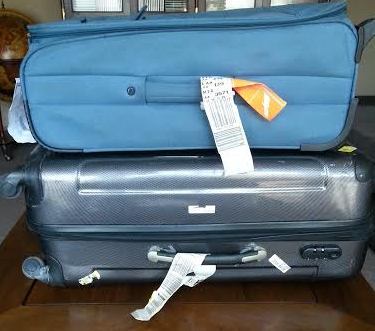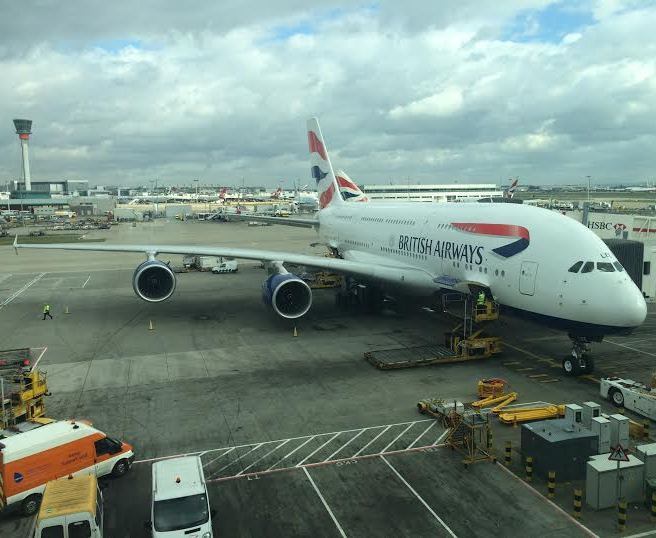It’s warmer right now in the outer edge of Antarctica than Chicago.
Blame something called the “polar vortex,” which is directly impacting travel for thousands of Americans.
So what exactly is a polar vortex? A polar vortex by definition is a large mass of rotating air that is located in the upper-middle atmospheric layers over either the North or South Pole. This polar vortex is a result of warming at the North Pole, and it all started because of misplaced Moroccan heat. The North Pole had a rapid increase of temperatures by about 125 degrees when air flowed in from the south.
But it’s a weather phenomenon that isn’t new. In fact, it’s said that the term first appeared in an 1853 issue of E. Littell’s Living Age, according to the National Oceanic and Atmospheric Administration. The last polar vortex happened in the winter of 2014 with cold Arctic air across North America. What is new though is that this time, forecasters are predicting air temperatures will drop to their lowest levels since 1994.
Minneapolis could break low temperatures records that were set in the 1800s! Chicago is expected to break its all-time record low at minus 27 F, which hasn’t happened since 1985. Right now, it’s the second coldest day on record at minus 24 F.
And these cities are not alone with freezing cold temperatures as 75% of the continental United States will be below freezing at some point this week, affecting 90 million people. States of emergency have already been issued for Wisconsin, Illinois and Michigan with many schools and businesses shut down.
Then there was also a squall in New York today, which was 20 minutes of very intense snow in New York City. Squalls create white-out conditions.
As of right now, eight people have died as a result of this weather. And just as expected, travel has been significantly impacted with over 2,300 flights that have been canceled, and over 1,400 of those were at Chicago O’Hare’s airport.
So unless your travel is essential this week, you might want to stay home.












